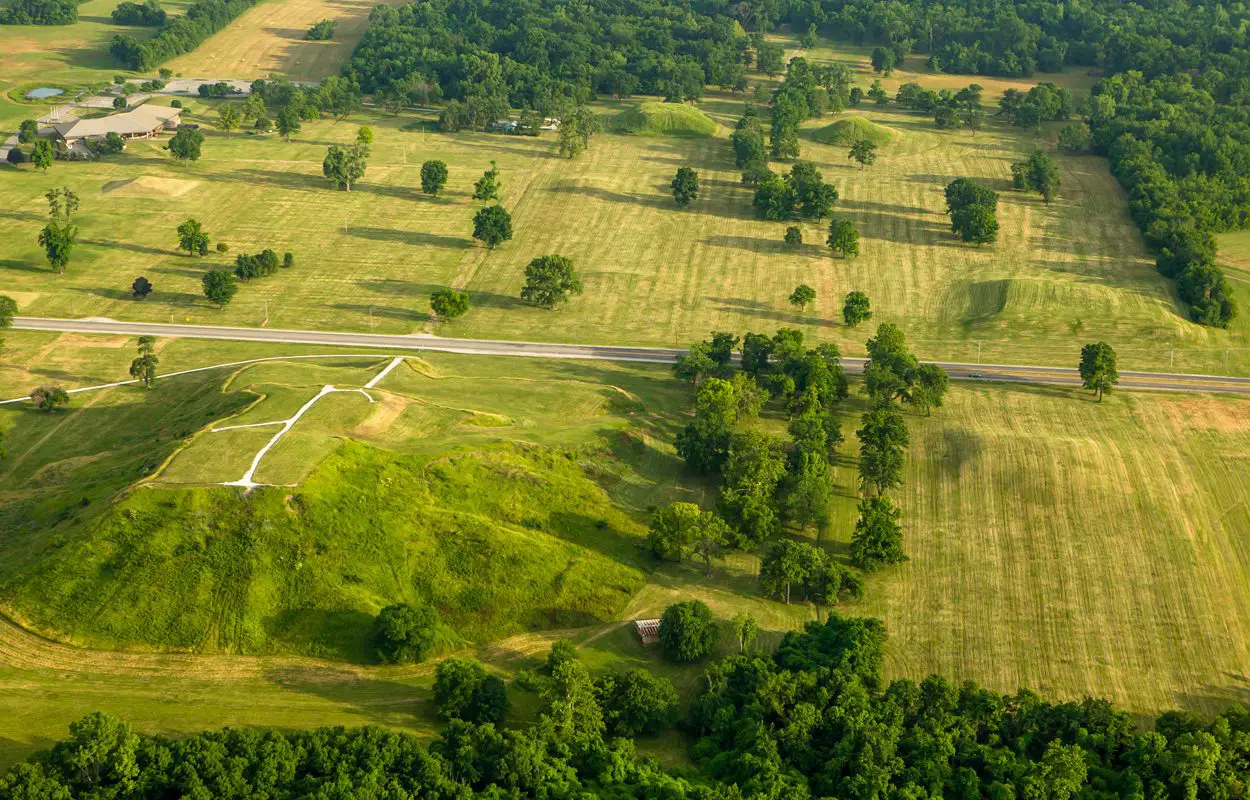Researchers have revealed the changes in the organisation and use of space in downtown Cahokia, by conducting scientist studies on the western edge of the Grand Plaza.
Cahokia was the largest urban settlement to develop from the Mississippian culture, a mound-building pre-Columbian civilisation that developed in the Midwestern, Eastern, and South-eastern United States.
The area was first inhabited as early as the Late Archaic period around 1200 BC, but the original builders are believed to have settled in the region around AD 600-700 during the Late Woodland Period.
At its peak, Cahokia had a population of up to 20,000 inhabitants, who constructed 120 earthen mounds that involved moving 55 million cubic feet of earth over a period several decades.
The study was conducted by researchers from the Appalachian State University, University of North Carolina, Washington University in St. Louis and the Colorado State University.
The team applied a magnetometer and electromagnetic induction survey at the western edge of the Grand Plaza and compared their results with LiDAR-derived visualisations and aerial photography.
This has revealed new information on the nature and sequence of monument construction in Downtown Cahokia, as well as architectural changes in domestic and special-use structures.
The team found that monumental architecture contributed to the overall aesthetic of this public space, in particular with mounds 48 and 57 that form the western end of the Great Plaza.
Geophysical data has also shown the extant of building growth and decline over the centuries in the Great Plaza area, with 17 buildings from the Terminal Late Woodland/Emergent Mississippian period (AD 925–1050), 10 buildings during the Lohman Phase (AD 1050–1100), 5 buildings during the Stirling Phase (AD 1100–1200), and 9 buildings in the Moorehead Phase (AD 1200–1275).
The study has also found changes in the sequence of palisade walls around the Grand Plaza, where they observed a correlation between identified palisade remnants and a small linear rise that is roughly 4.5 m wide, and encapsulates mounds along the east, south, and west of the Grand Plaza.
According to the researchers: “Our study reinforces the notion that the founding and occupation of Downtown Cahokia resulted in the creation of a heavily palimpsestic landscape that was continually transformed according to the situational needs of the communities that were enmeshed within and influenced by the site’s historical trajectory.
Drawing on the combined examination of multiple geospatial and remote sensing datasets has consequently permitted us to draw out the interplay between the societies that participated in the creation of Cahokia and the changes they left inscribed into the landscape.”
http://dx.doi.org/10.3390/land12020342
Header Image Credit : Kent Raney – Shutterstock





